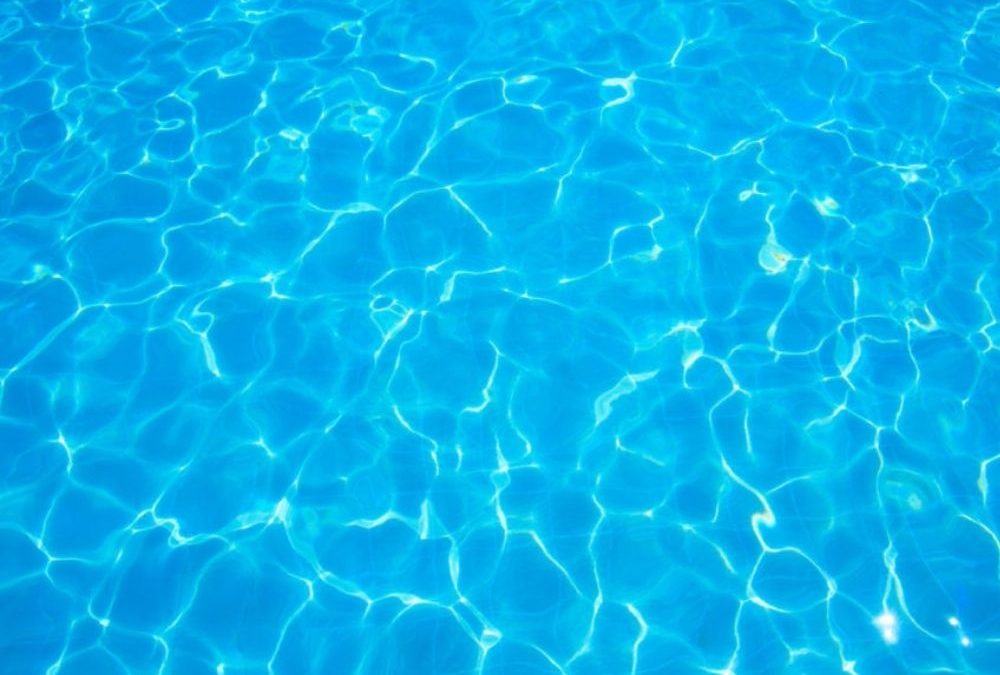Homeowners normally do not owe any duties to trespassers on their property. However, an important exception to this rule is the attractive nuisance doctrine. This idea was put into place because children do not always understand rules about keeping off of someone else’s property. Children get into anything and everything they can. As a result, it is foreseeable that children would end up in a risky situation that they do not understand, and they might be at risk of serious injury or even death as a result.
Attractive nuisance laws apply to private homeowners, businesses, and even to local, city, and state governments. Some of the earliest case law related to the attractive nuisance doctrine was brought against railroad companies because the tracks were irresistible for children to play on or around. If your child has been injured on someone else’s property, speak with a qualified personal injury attorney today to determine if you can pursue a cause of action under the attractive nuisance doctrine.
What is an Attractive Nuisance?
An attractive nuisance is something that draws the attention of small children. When the owner of a property knows that there are children in the area and that the hazard on the property will likely entice those children into a dangerous situation, that property owner has a duty to remedy that hazard, especially when the expense required to do so is small. For example, the owner of a pool has a duty to install a fence around it so that curious children do not drown. An owner of a large trampoline has a duty to install protective netting around it and fasten it closed when it is not in use so that small children cannot wander into it and get hurt.
Courts also recognize construction areas and equipment as attractive nuisances, as well as abandoned cars, appliances, holes or wells, and other man-made water features. On the other hand, natural elements such as ponds, lakes, or woods in your property – natural features that you do not maintain – are not considered attractive nuisances.
Generally, this rule applies to dangers that children are too young to appreciate. A 5-year-old, for example, may not appreciate the dangers of swimming without an adult supervisor. A teenager who is a certified swim instructor, on the other hand, knows and can appreciate the dangers of swimming alone.
How can I Ensure Children are Safe on My Property?
Nobody wants to see children hurt. As a property owner, you should put measures in place to ensure that any swimming pool, trampoline, or other playground equipment on your property is secure, so children cannot get in. The law does not require 100% childproofing of a property, but it does require reasonable steps to be taken to encourage safety.
Even though natural features such as ponds or lakes are not considered attractive nuisances, if you know that local children are accessing these areas unsupervised, consider taking measures to increase safety. Although you might not be liable for an injury, doing so could prevent death or serious illness.
Has Your Child Been Injured on Someone Else’s Property?
If your child was injured due to an attractive nuisance on someone else’s property, contact Griggs Injury Law right away. Our experienced personal injury attorneys are ready to help.


